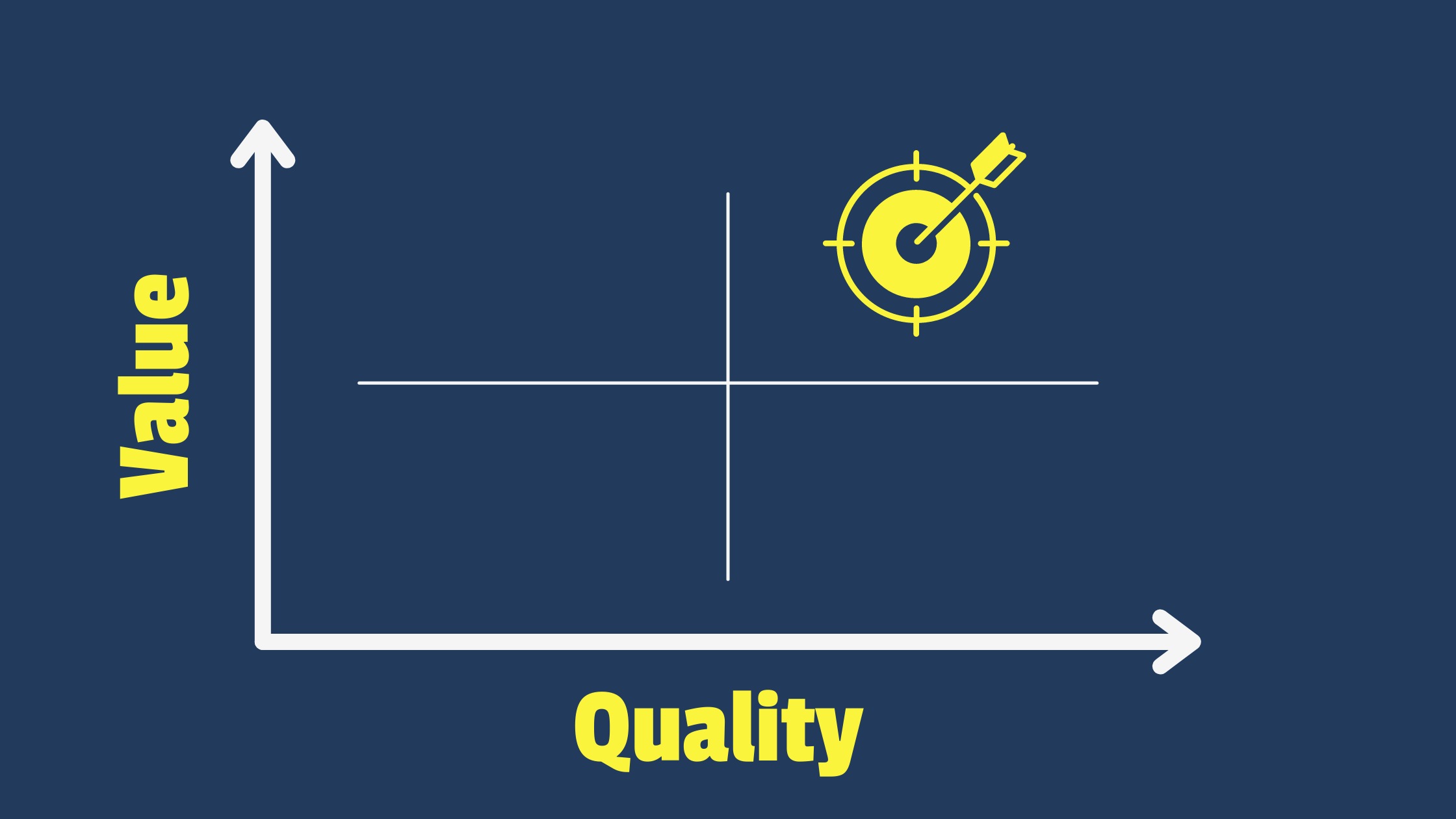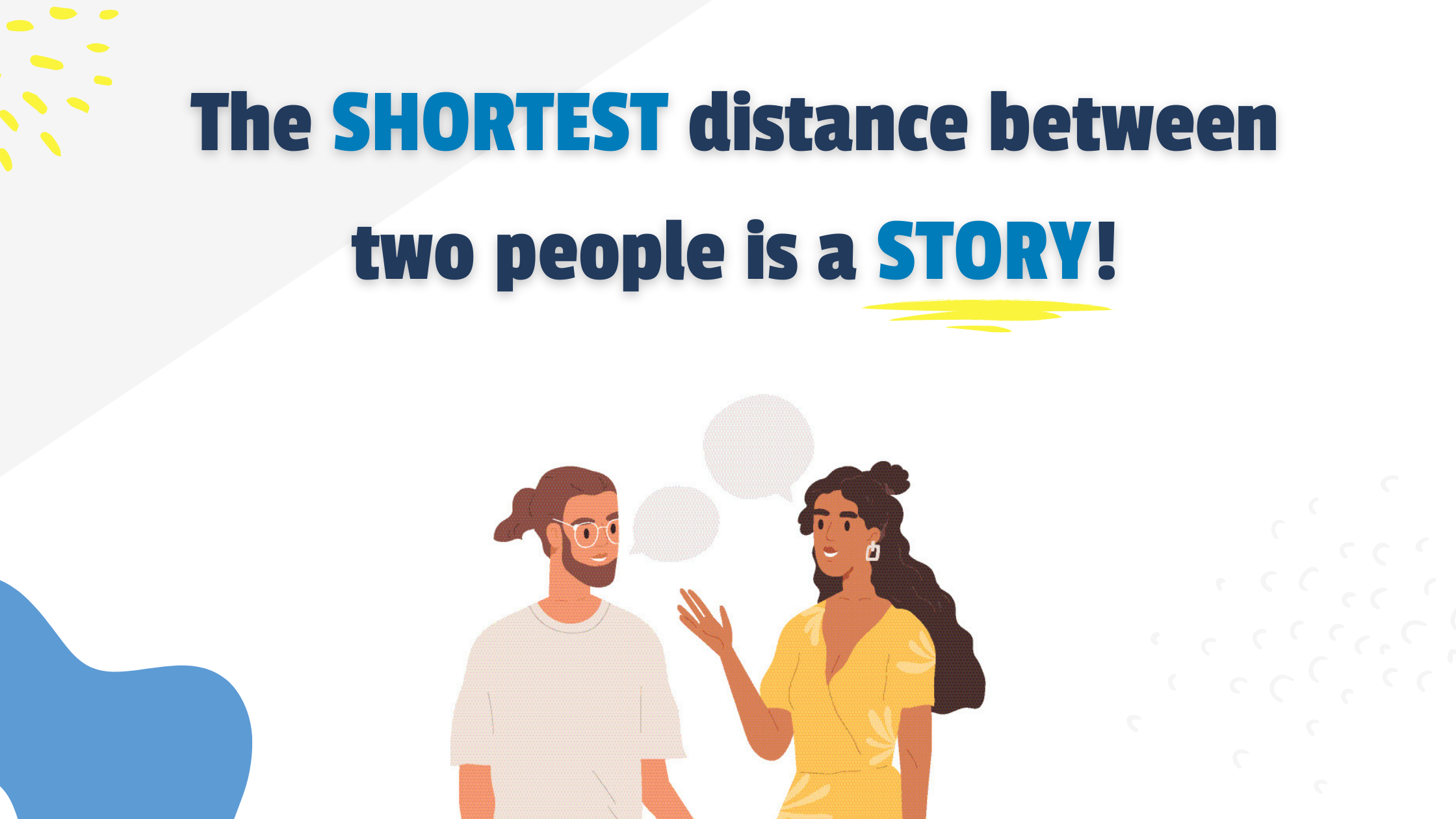1 min read
The 4 Quadrants of a Deal and How They Effect the Sales Process
Bob Riefstahl Oct 19, 2015 12:00:00 AM

How a deal initiates has drawn a great deal of focus from many organizations. For example, if a Request for Proposal (RFP) arrives expectantly from an organization, most of us know that the probability of winning the deal is minuscule. We understand that someone helped this organization build this RFP and without our own involvement in the process, it was probably written around a competitor’s solution.
Consider another perspective on deal initiative. How a deal initiates has everything to do with how we strategize and execute within the sales process. This becomes evident when we execute the discovery process (needs analysis). It means that you can’t afford a one-size-fits-all discovery. What you and your team are seeking and validated should be grounded in how the deal initiated.
- Top-Down –
These opportunities initiate at the highest level of the prospect’s decision-making authority. A top-down deal carries the backing of the decision authority but, it doesn’t mean there is widespread adoption for the change. Your team’s approach to discovery must build the momentum for adoption at the middle and lower levels of the organization. - Bottom-Up – If the buying process was initiated at lower levels of the organization the challenge to justify the change at the highest levels can be daunting. The decision level of the organization must be convinced of the value of the change in comparison to all other possible uses of capital.
- Exploratory – When you or your sales team initiated the process for change, the prospect believes you are entering the opportunity on an exploratory basis. The primary reason the prospect is considering change is that you brought the concept to them.
- Directed – A certain percentage of the opportunities in most salespeople’s pipeline has been directed by the prospect. A classic example of a directed deal is when a prospect issues an RFP because they know they must meet the criteria for new government regulation.

The Art of Storytelling in Business: 20 Places to Utilize Storytelling
It is hard to argue the value and impact of storytelling in business. Great stories capture people's attention, imaginations, and emotions....


.png?width=604&name=VAULE%20(1).png)

